Last week, I talked about some of the DNA shared between Nissan’s upcoming VR30DETT VR30DDTT engine and some of Nissan’s previous engines, like the VG30, the VR38, and the VQ35/37. But did you know, before all these engines, most of Nissan’s modern performance cars can be traced back to a single concept car from the 80s?
Before the Z32, R32, or any of those legendary cars after that, Nissan started working on a “test bed” platform in the mid 80s. The MID-4 was put on display at the 1985 Frankfurt Motor Show, which means Nissan started working on the platform roughly when the Z31 launched in 1984.
It was to serve sort of a dual purpose. Nissan initially had very high hopes with the car, and wanted to compete with “real” supercars that were only growing in popularity in the 80s. Additionally, they could use it as a test bed to experiment with technologies that would find their way into future production cars.
Keeping in mind that Shinichiro Sakurai (who was involved in the Skyline series, back when it was a product of Prince, not Nissan) was overseeing the project, it should come as no surprise that the MID-4 was packed with high-end features from the time. It featured a mid-mounted VG30DE variant making roughly 230hp, had all-wheel drive (get it? “MID-4”), adjustable suspension, and all-wheel steering.
Since at the time, the car was basically a concept car, it wasn’t lavishly appointed with luxury features. It didn’t have an early gyroscope-controlled navigation system, or voice warning, heated seats, any of that. In fact, it was a pretty spartan setup, and the car weighed in around 3000lbs, less than the RWD-only Z31 at the time.
Just for kicks, Nissan even showed off a widebodied racing variant, most likely more for PR than for any actual racing, but man look at those fenders.
Things started getting serious in 1987, though. At the Tokyo Motor Show that year, Nissan introduced a second generation of the MID-4, creatively named the MID-4 II. The styling was slightly refreshed, you’ll notice the overall shape looks roughly the same, but following Nissan’s (and most of the industry’s) design language at the time, everything became a bit smoother and rounder.
The second generation MID-4 moved to a twin turbo VG30DETT, this time making around 330hp. The engine was also mounted longitudinally in this version.
At the time, most of the press surrounding the car felt strongly that the second version appeared much more production-ready. With Honda working on the NSX, it seemed that the need for a Nissan supercar was becoming somewhat obvious.
But we all know how this story ends, even if you’ve never heard of the MID-4. Because you’ve never heard of the MID-4 before. Nissan determine that it would have been too expensive to put into production. For large automakers like Nissan, supercars just don’t make money.
Still, the DNA didn’t go away. In fact, you could basically assemble the mechanical parts of the MID-4 II with production parts from the R32 and Z32.
The VG30DETT was basically dropped straight into the Z32. There were several obvious changes, of course. The valve covers are different, the turbo mounting position, and intake manifold is completely different between the Z32 and MID-4’s VG30. Plus, don’t those side mount intercoolers make a lot more sense, when they’re only a foot away from the turbo?
Interestingly, the valve cover and timing cover design is very similar to the early VG30DE from the 300ZR Z31, and the VG30DET used in a handful of Japan-only Nissans at the time.
The all-wheel active steering system was named HICAS and was put into the Z32, R32, and the S13.
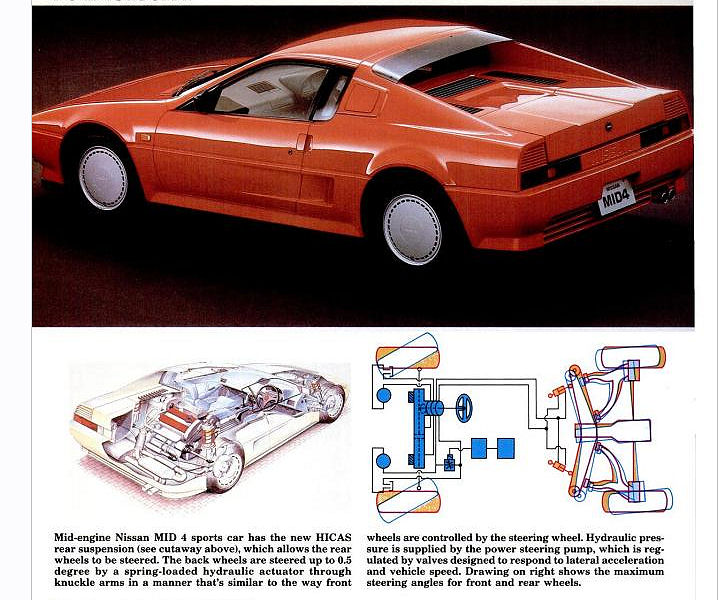
This diagram shows the first generation MID-4, notice the similarity in suspension design to the Z31.
And you’ve probably already figured out that the AWD system was plopped in the R32 GT-R. It was later adapted into several other cars at the time, like the Pulsar GTi-R, and continued until the R34. Even the R35’s AWD control system shares some similarities from what I’ve heard.
Additionally, the suspension design from the MID-4 II was put into the Z32 and R32, virtually unchanged in both.
At least three MID-4 IIs were built: an ivory white one, a medium metallic red, and a titanium metallic gray. So while it never made it into production, the technologies Nissan developed on the platform certainly were, and those cars helped build the golden age of Japanese sports cars!
Sources:
http://jalopnik.com/the-nissan-nsx-fighter-that-never-was-1464493134
https://www.carthrottle.com/post/every-legendary-nissan-since-1987-has-the-mid4-protoype-to-thank-for-its-success/
http://www.diseno-art.com/news_content/2013/09/retro-concepts-nissan-mid-4/
http://theamazoeffect.blogspot.com/2011/07/nissan-mid4.html
http://zilvia.net/f/showthread.php?t=220422
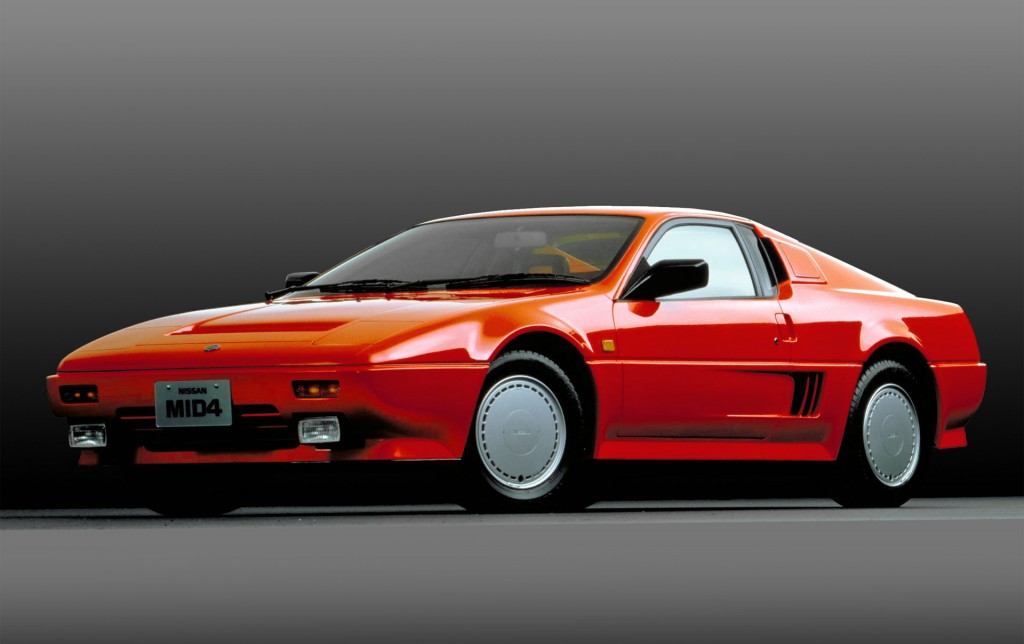

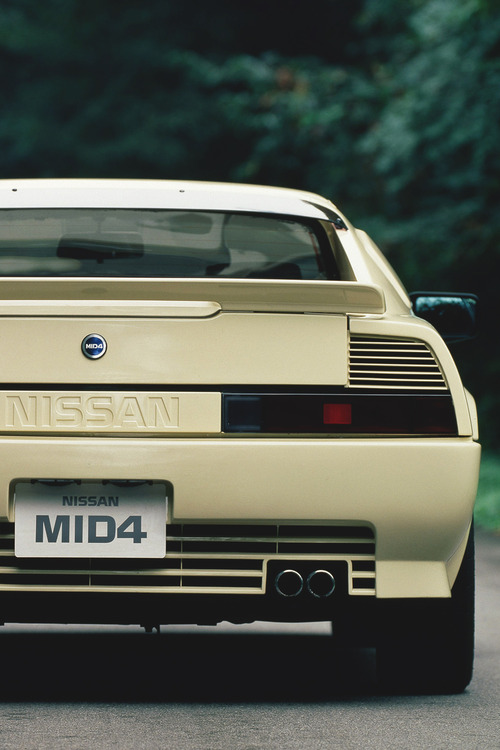
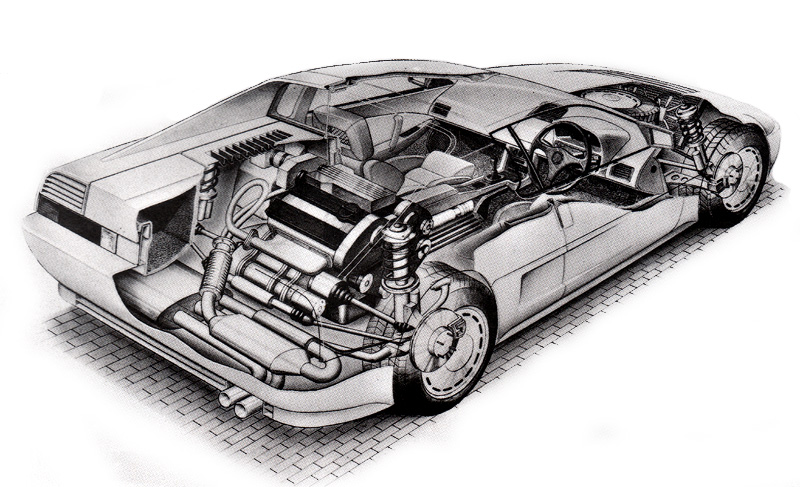

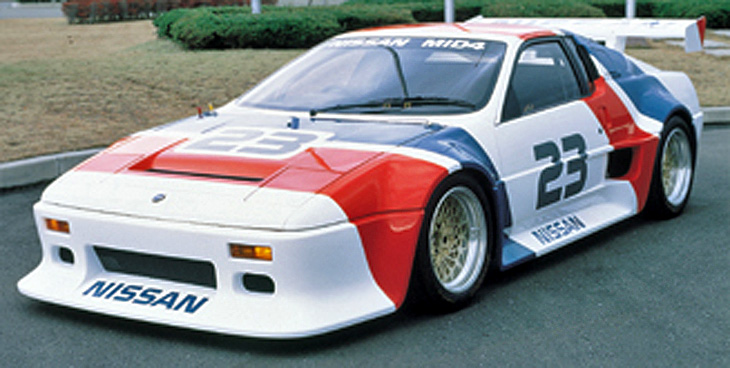
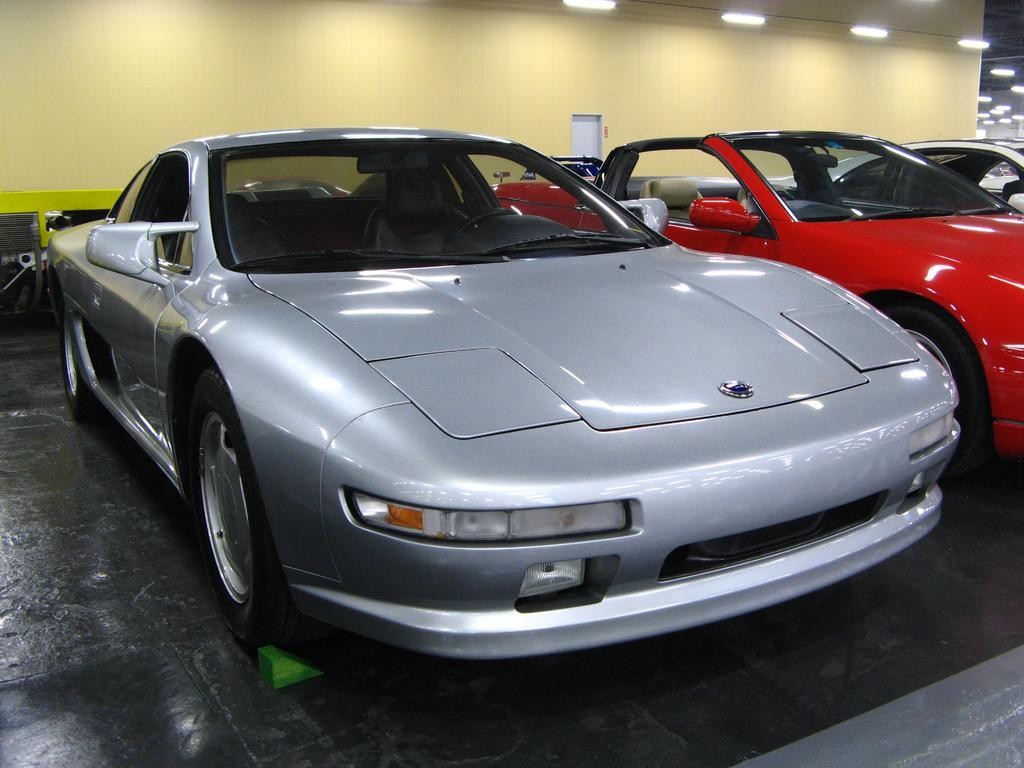
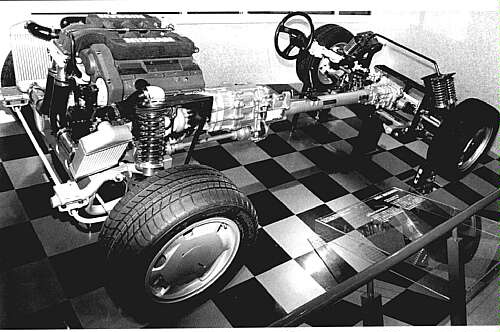

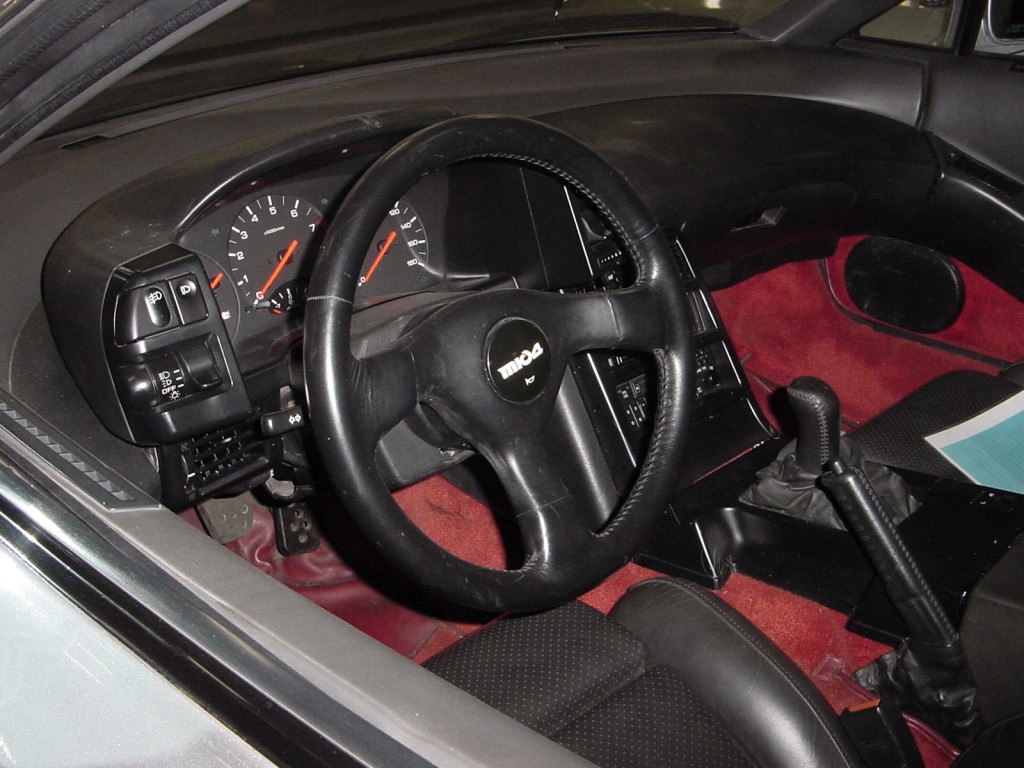
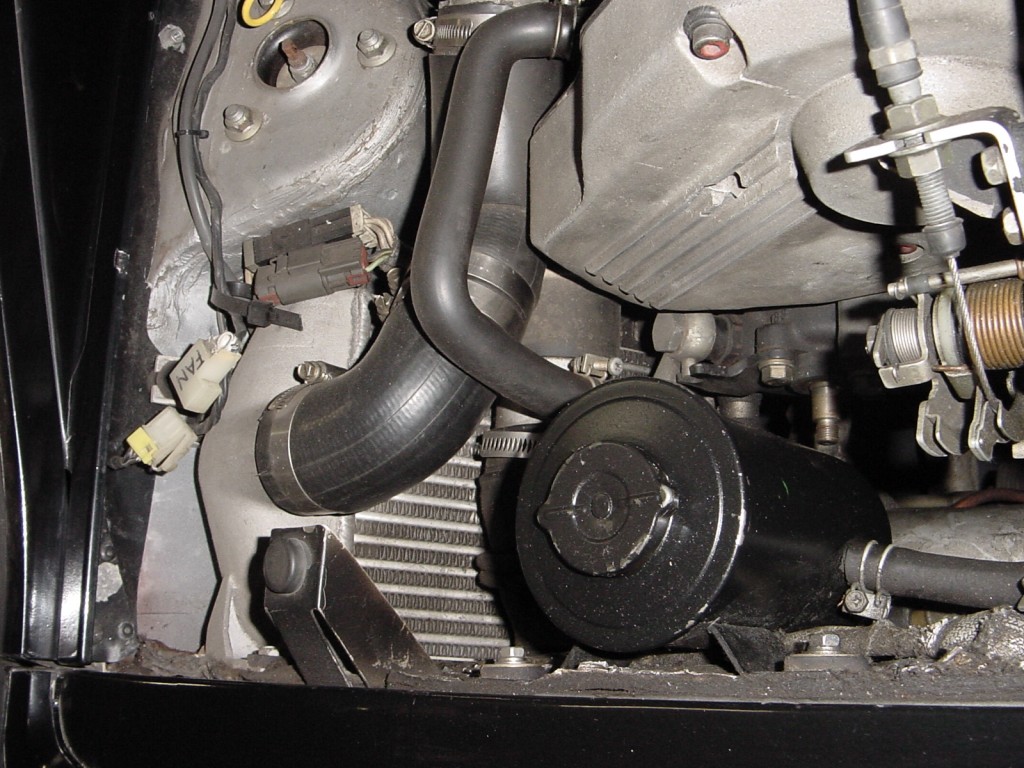
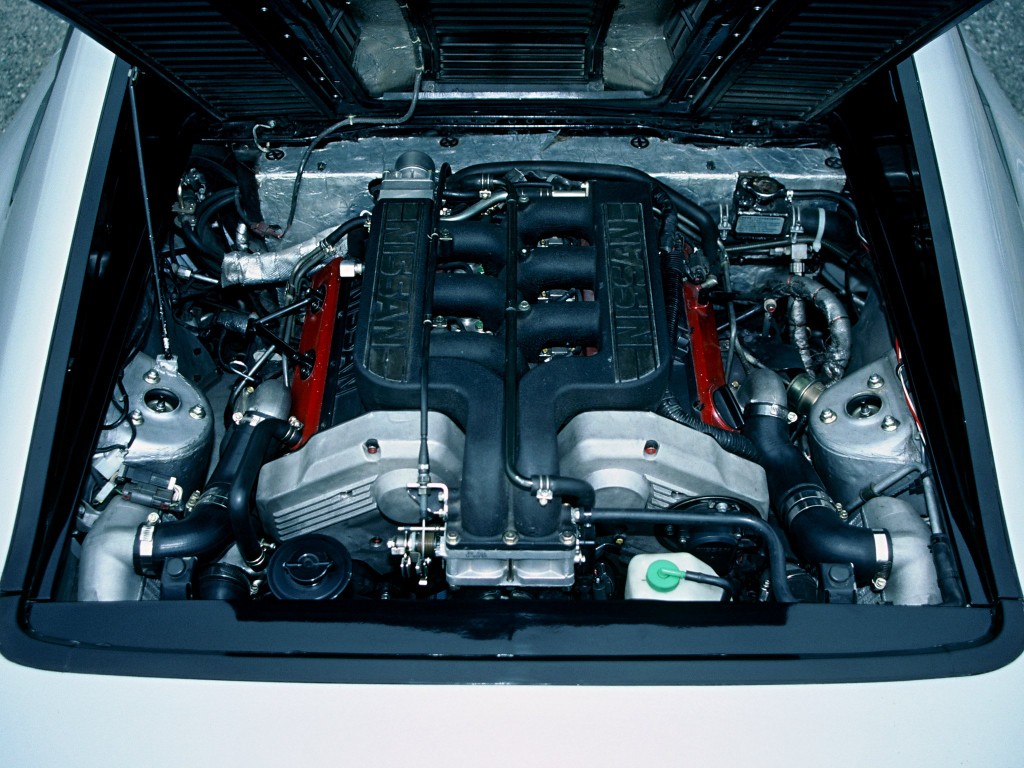

The MID-4 was put on display at the 1985 Frankfurt Motor Show, which means Nissan started working on the platform roughly when the Z31 launched in 1984. Where is this information?
I’m not sure what you’re asking, the source of the information? Here is one:
http://www.diseno-art.com/news_content/2013/09/retro-concepts-nissan-mid-4/
Z31 curb weight for a GL model is 2888lbs, 84-85, as published by Nissan. My 86 turbo GLL weighed in at 2960lbs with half a tank and complete…..the Z31 isn’t quite the heavy weight the Z32 is.
HICAS was also used prior to the multi-link stuff, on R31 semi-trailing arm rear subframes for example.
The Z31 was the fastest production car out of japan in 1984.
Nevertheless, its a shame we didnt get to see the MID-4 come to life.
They had two MID-4’s on display at the Motor Sport Japan festival last year in Odaiba. VERY cool cars to see in person
Reminds me of the Acura NSX.
Wouldn’t it have been a great competitor for the NSX?